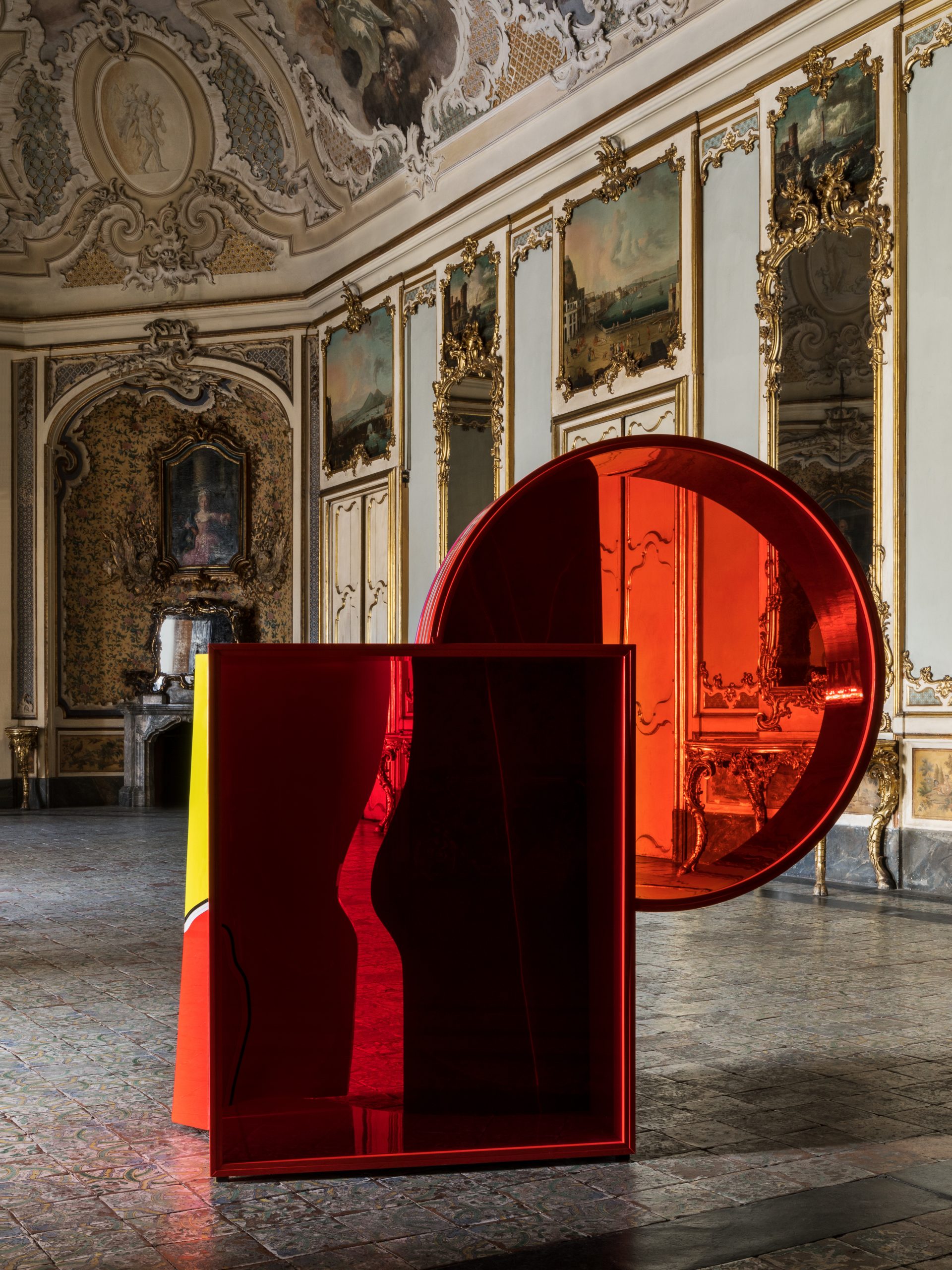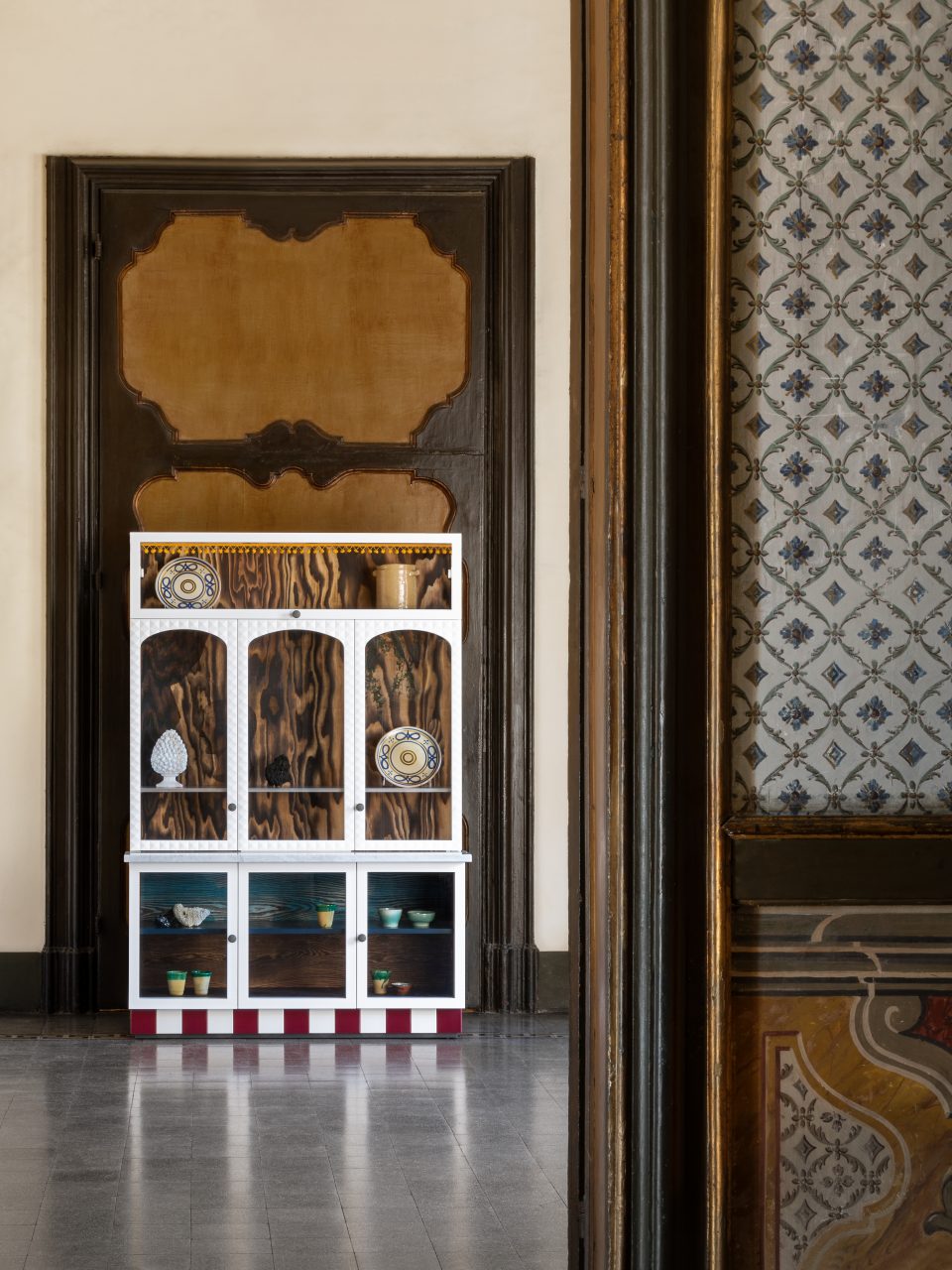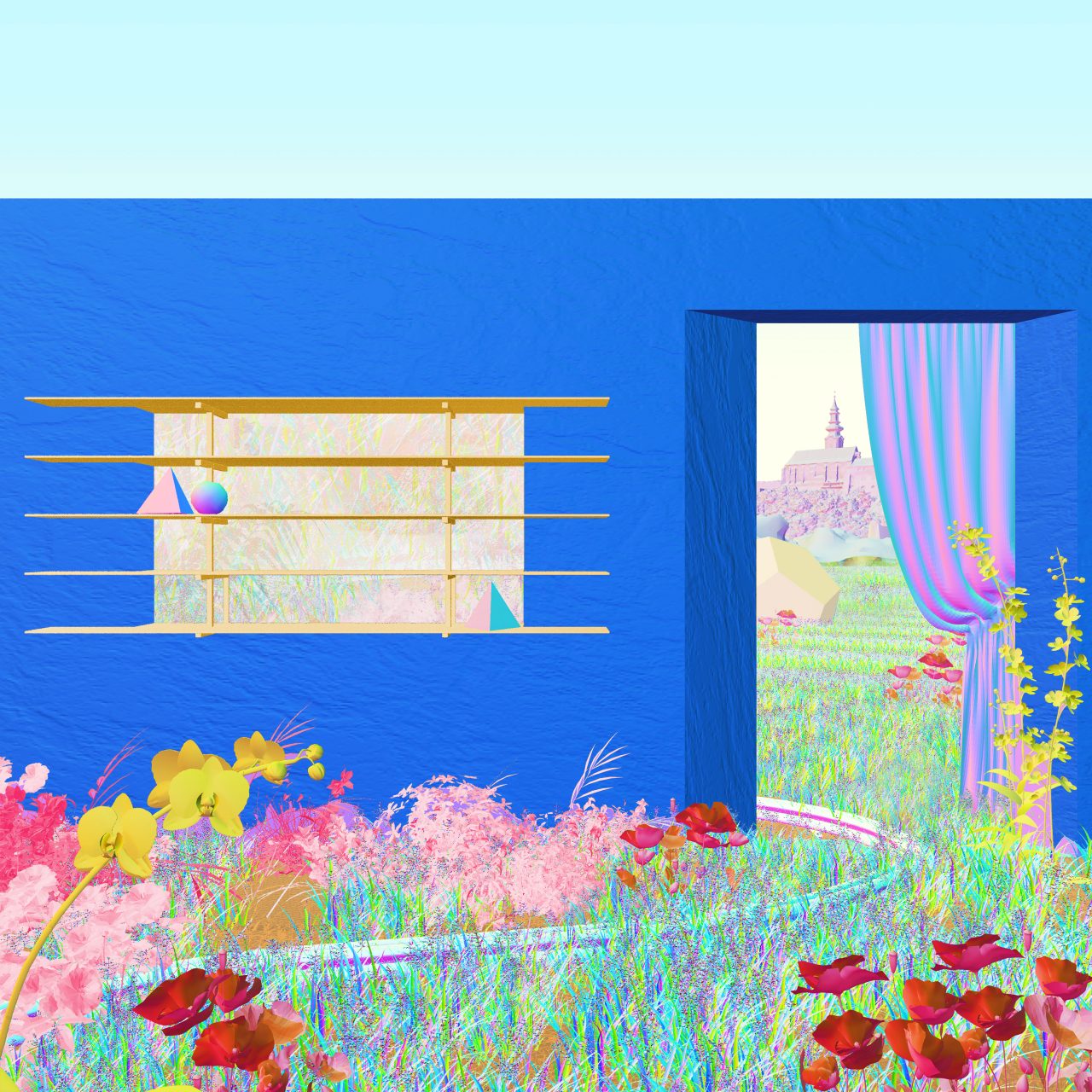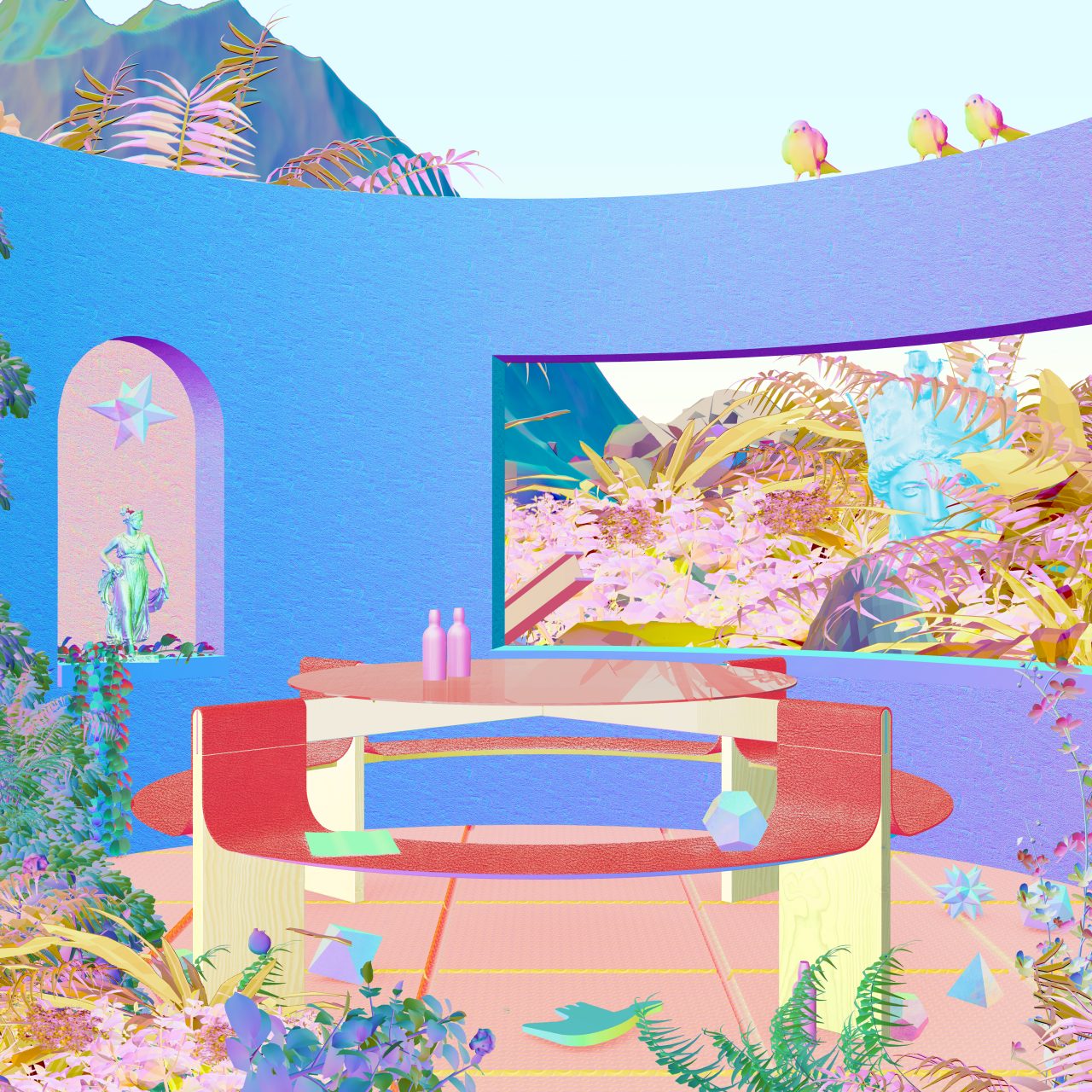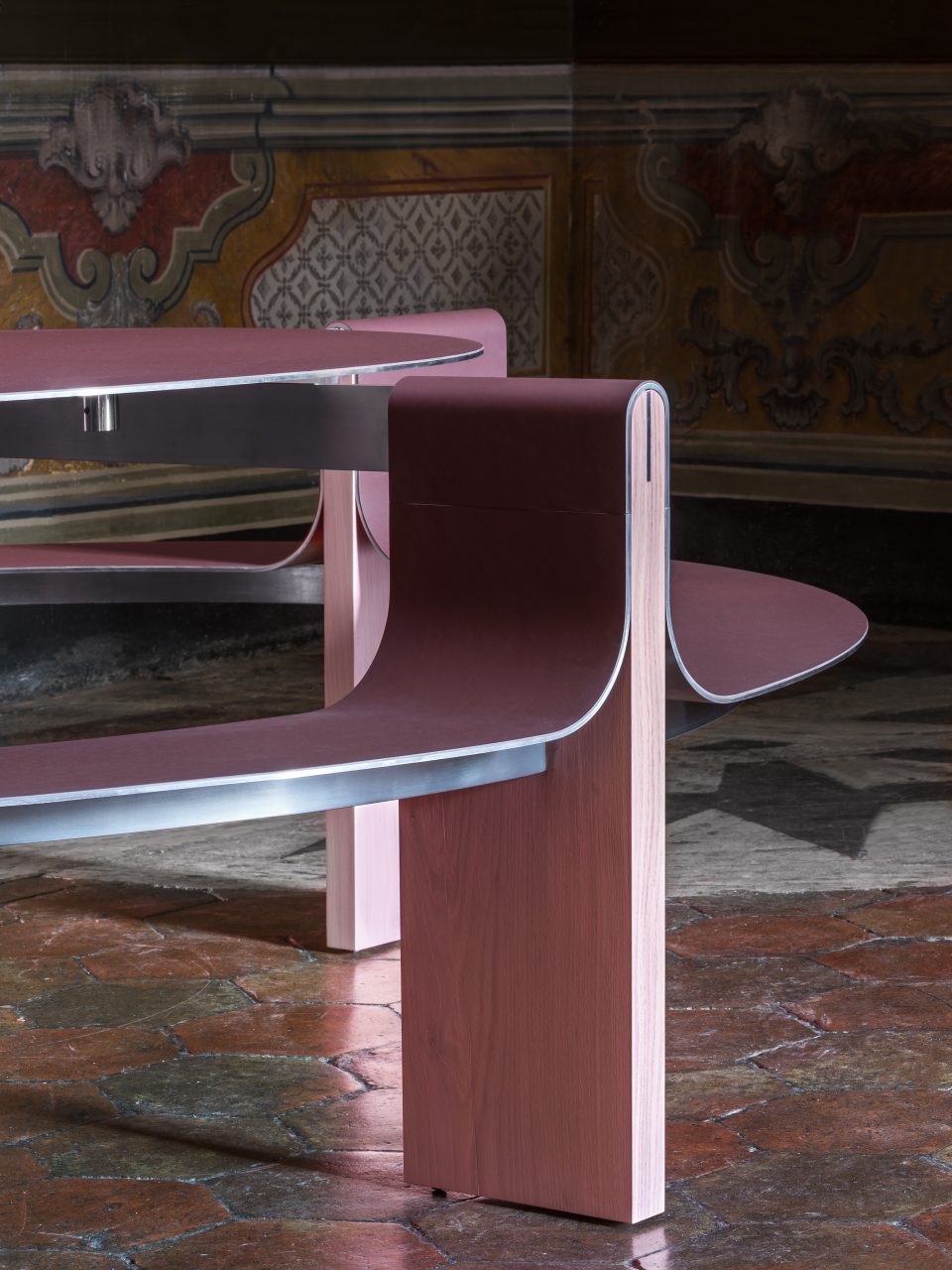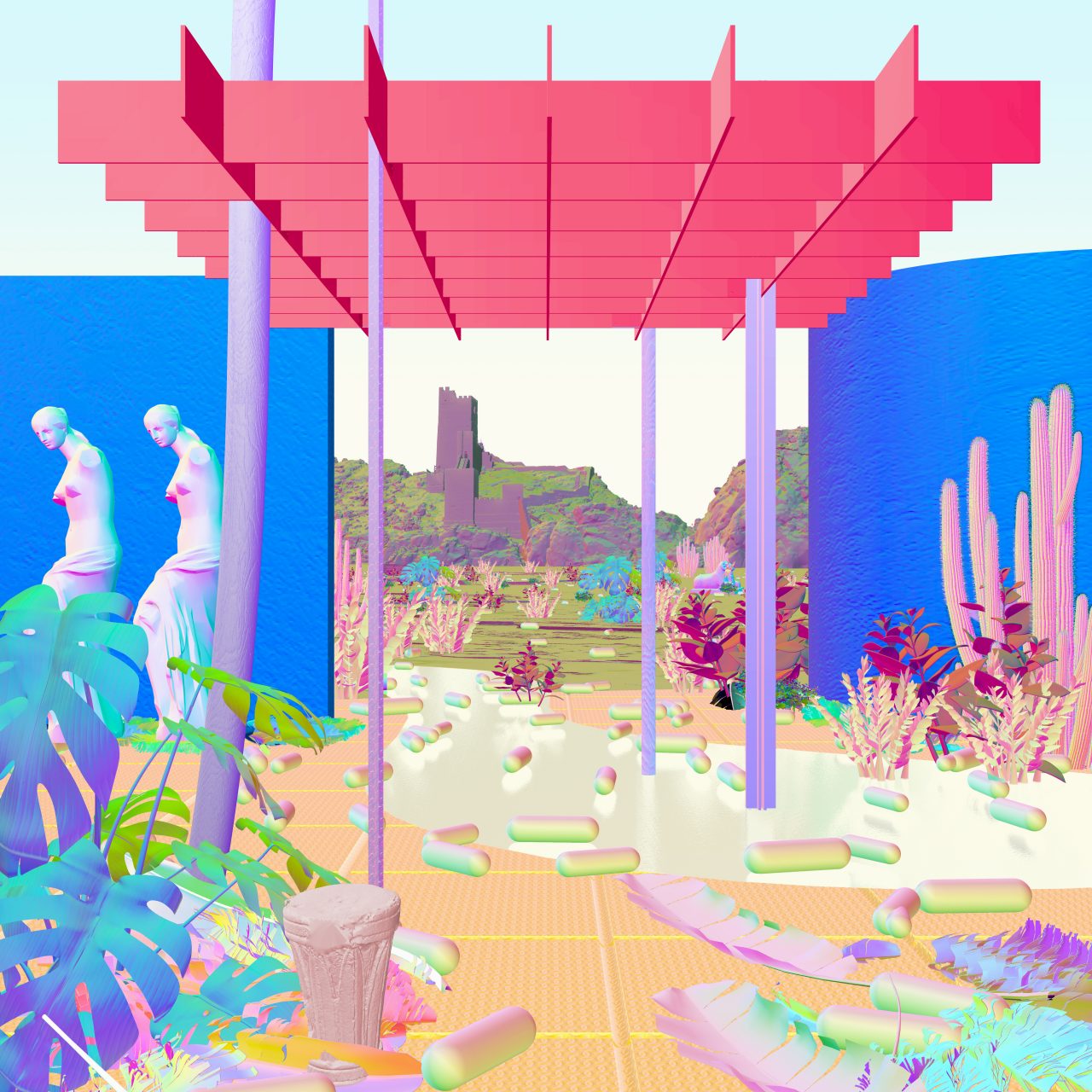Europe is awash with heritage brands that, in the wake of late 20th-century industrial flight, have risen to prominence. Countries like France and Italy tend to stand out, as both represent a substantial list of artisanal manufacturers. These international purveyors of luxury produce everything from quality food products to haute couture and high-end furniture. Most European governments pay particular attention to territorial and traditional expertise and often bestow cultural labels to ensure preservation. These policies are also intended to promote economic growth.
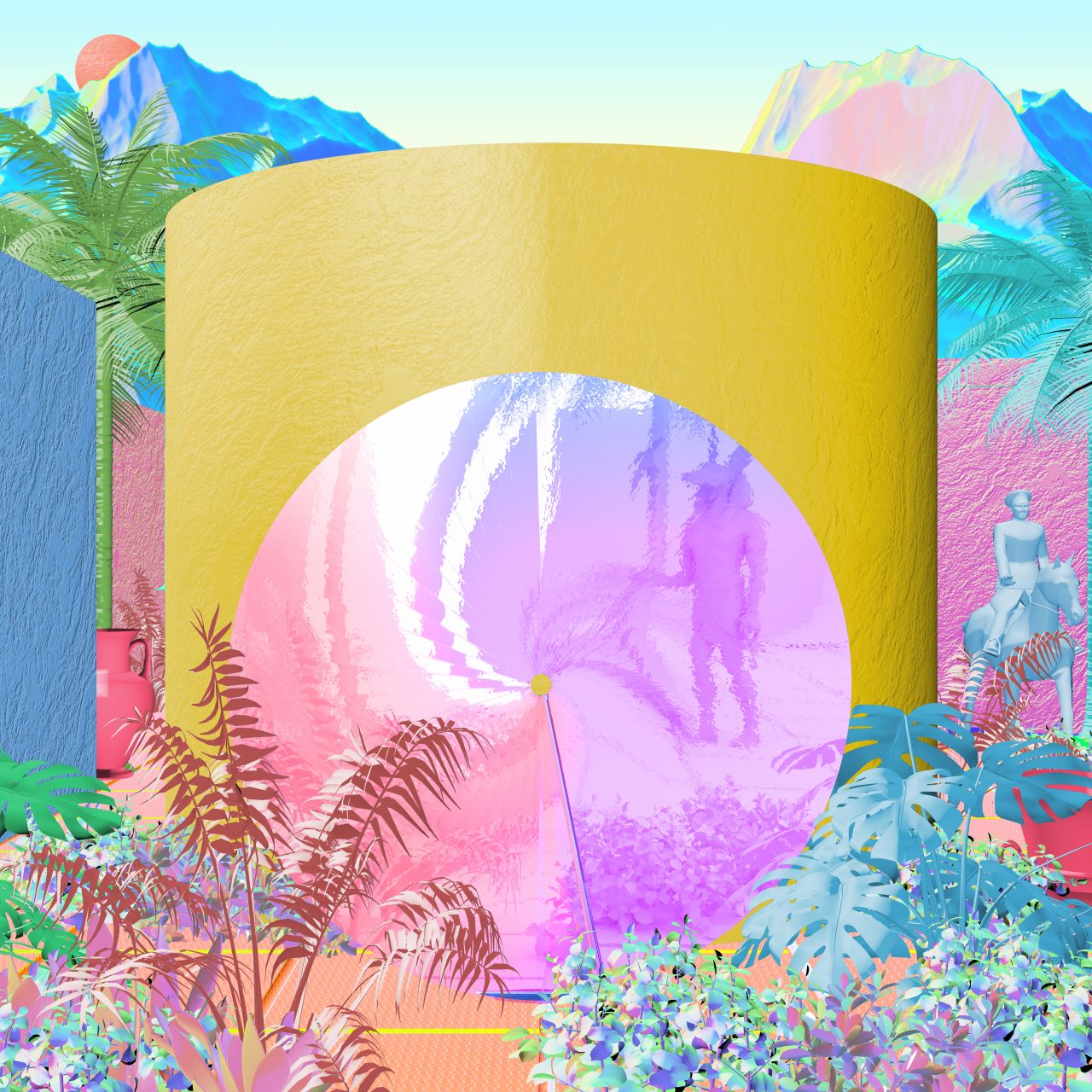
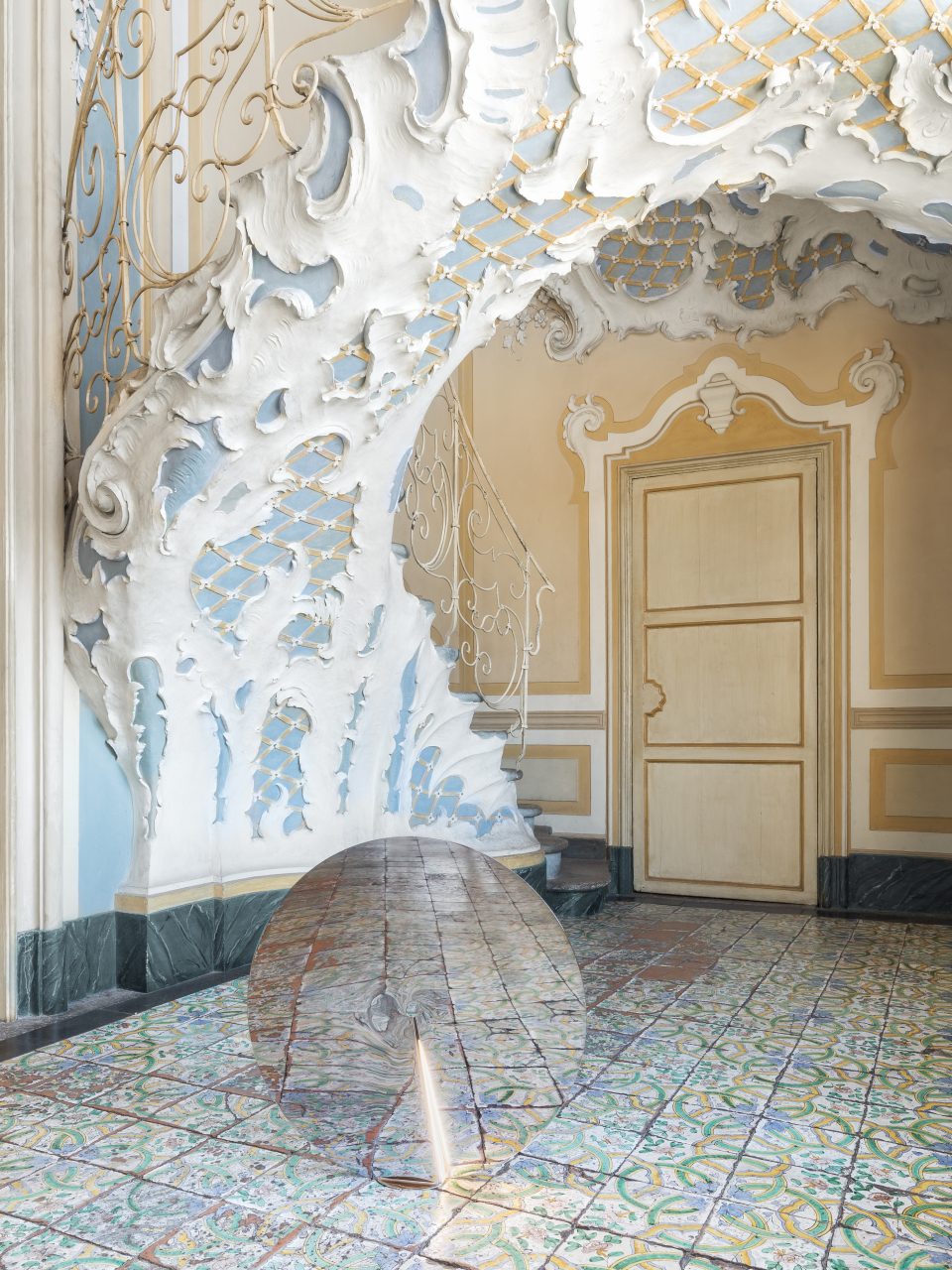

However, all regions within these countries are not made equal—some prosper more than others. In particular, the North-South divide paradigm seems more prevalent in Italy than anywhere else in the world. Throughout modern history, the areas around major Italian cities like Turin, Milan, and Venice have fared better than those surrounding Rome, Naples, or Palermo. Northern Italy has been as an important center of mid-range design production since the early 20th century. The economic disparity has shaped deeply ingrained cultural stigmas and fueled multiple waves of emigration. As a result, the artisanal prowess of the country’s southern regions has long been overlooked and overshadowed.
In recent years, national and European institutions have set their sights on Southern Italy. The renowned, roving, European contemporary art biennial, Manifesta, selected Palermo for its 12th edition in 2018. The Basilicata-region city of Matera was named this year’s European Capital of Culture. On a different scale, educational initiatives like the MADE Program has brought some of Europe’s most promising practitioners, including Formafantasma’s Andrea Trimarchi and Simone Farresin, to the ancient Sicilian city of Syracuse.


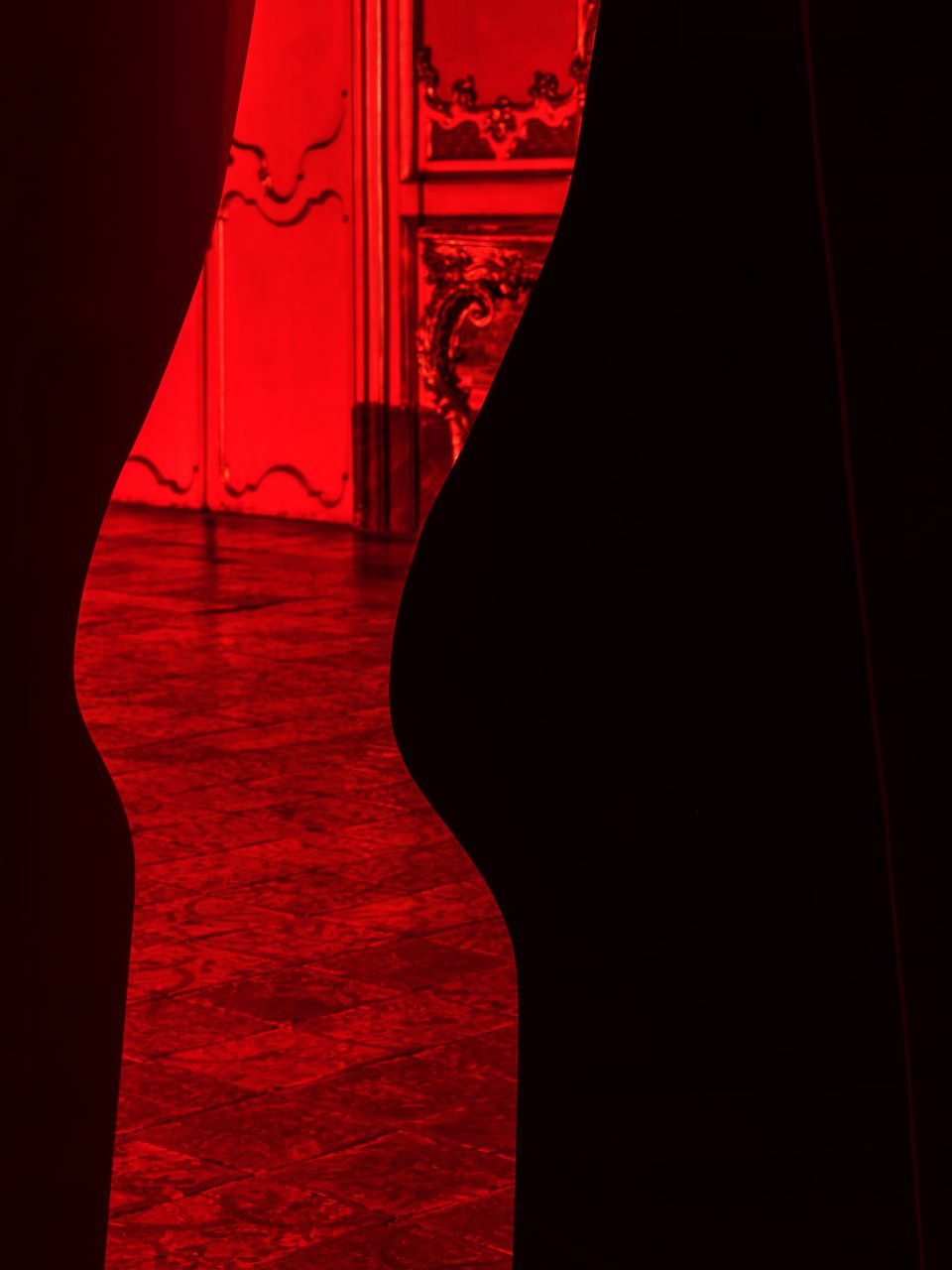
Capitalizing on the zeitgeist is local furniture manufacturer DiSé Italia, whose new Domestic Monuments capsule collection encompasses eight conceptual furniture pieces conceived by a group of cutting-edge, experimental, and transdisciplinary architects and designers from across Europe. The complete assemblage reveals the full scope of the heritage brand’s expertise in wood and metal working, as well as a slew of age-old finishing techniques specific to the region. “It used to be that people would only associate Sicily with the mafia,” DiSé Italia creative director Giancarlo Leggio explains. “All of that has changed in the past five years. The perception of the island’s complex history and culture has stratified. In this region, one can find decorative elements that look Arabic from one angle and Baroque from another. This collection lets us give back to Sicily and reveal what it’s capable of achieving within the design and craft sectors.”


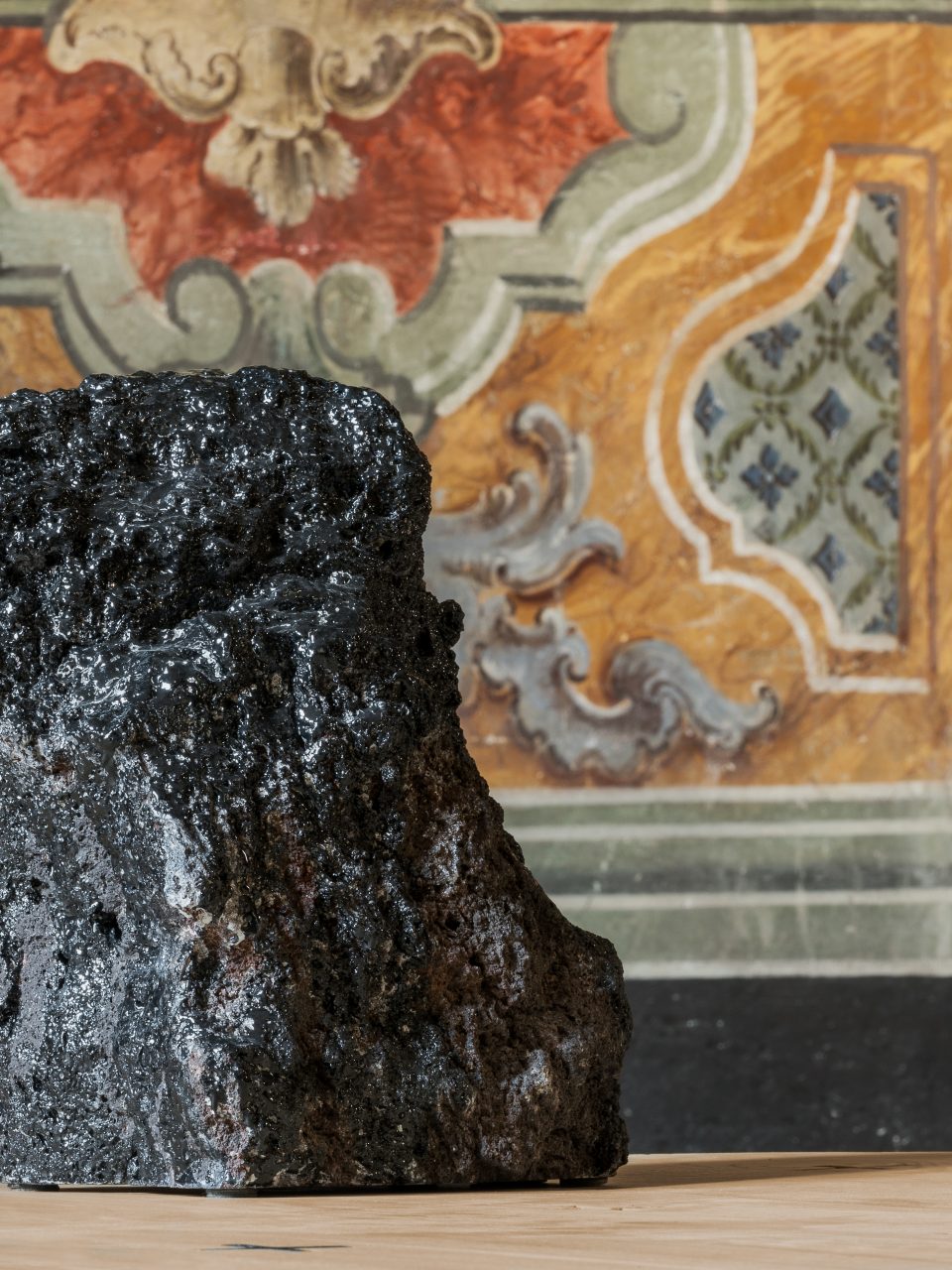
Curated by local architecture firm-cum-creative agency Moncada Rangel, the project applies the concept of commemoration, as expressed in monuments, to the fundamental acts of everyday life. The different functional and sculptural works in the Domestic Monuments collection reevaluate and celebrate various intimate aspects of one’s home life, things most people take for granted. Each piece addresses a distilled aspect: rest, store, share, hearth, and groom. “With these allocated prompts, each talent was asked to create a monument,” Leggio describes. “Some took the brief literally and created pieces that incorporate monumental architectural details. Others developed works that have monumental characteristics.”
Amsterdam-based Latvian talent Germans Ermičs created the A Slant of Light lamp by using a minimalistic and iridescent disk that emits and reflects. Though small in scale and singular in material, this luminaire’s monolithic profile has a monumental presence. Fellow Design Academy Eindhoven-trained duo OS ∆ OOS (Oskar Peet and Sophie Mensen) developed the Groom cabinet with a similar mindset. A seemingly impenetrable facade of panels levers open to reveal an interior shelving unit. Trading in minimalism for maximalism, interdisciplinary Spanish architect and installation artist Guillermo Santomà created the totemic Monument Number One nonfunctional sculpture. The graphical object combines a slew of materials and techniques including car painting and Chinese lacquering. DiSé Italia outsourced production for these procedures. Referencing and exaggerating the common bed typology as a focal point of one’s domestic experience, Barcelona-based firm Arquitectura-G created the conceptual Delos design as an essentialized berth. A transparent surface is supported by various sculptural elements that evoke the ancient ruins of Greco-Roman architecture.
The complete collection could potentially furnish an entire home. DiSé Italia debuted Domestic Monuments at Cantina’s Baroque Palazzo Biscari in mid-March. The setting made for dramatic juxtapositions, between contemporary design and historical ornamentation.
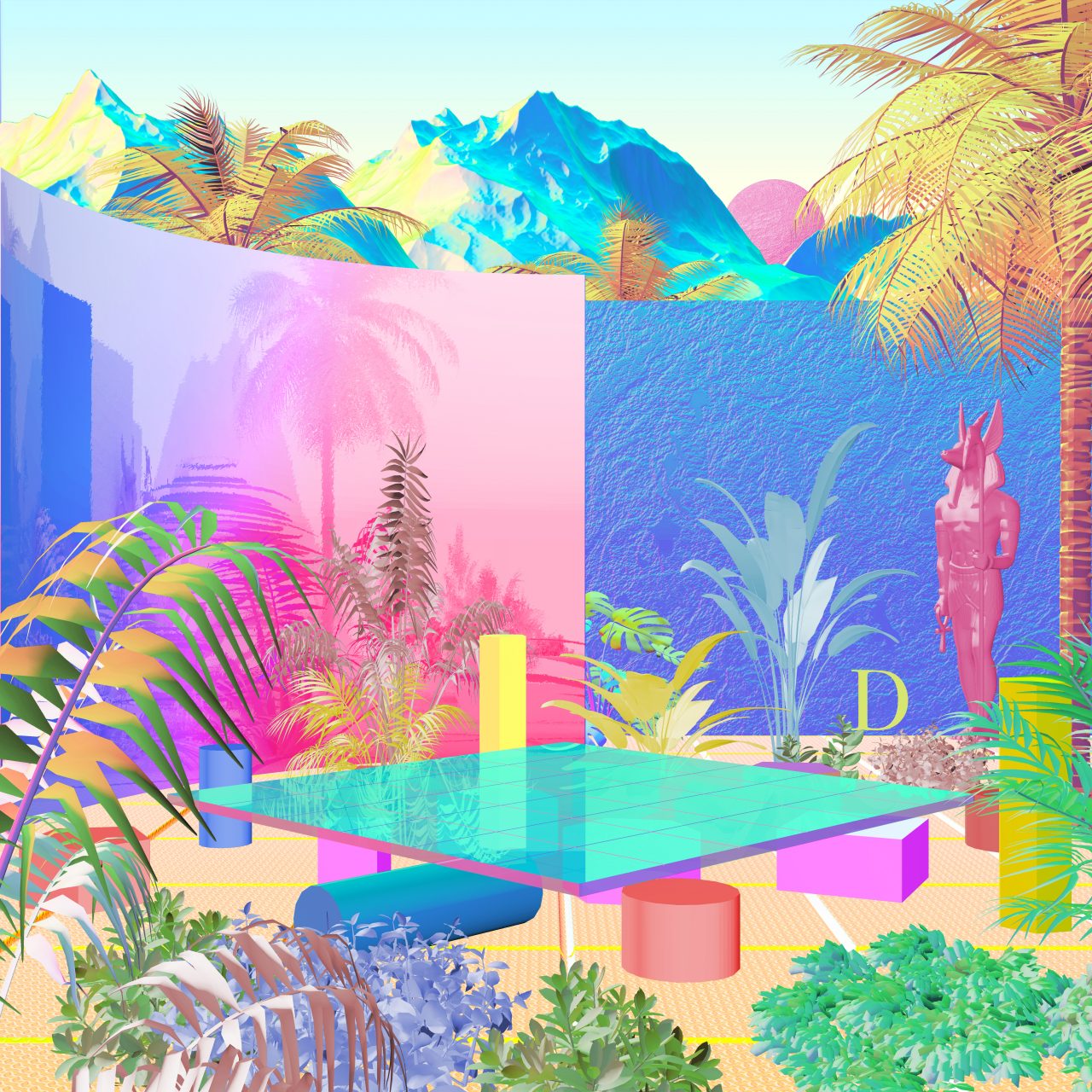
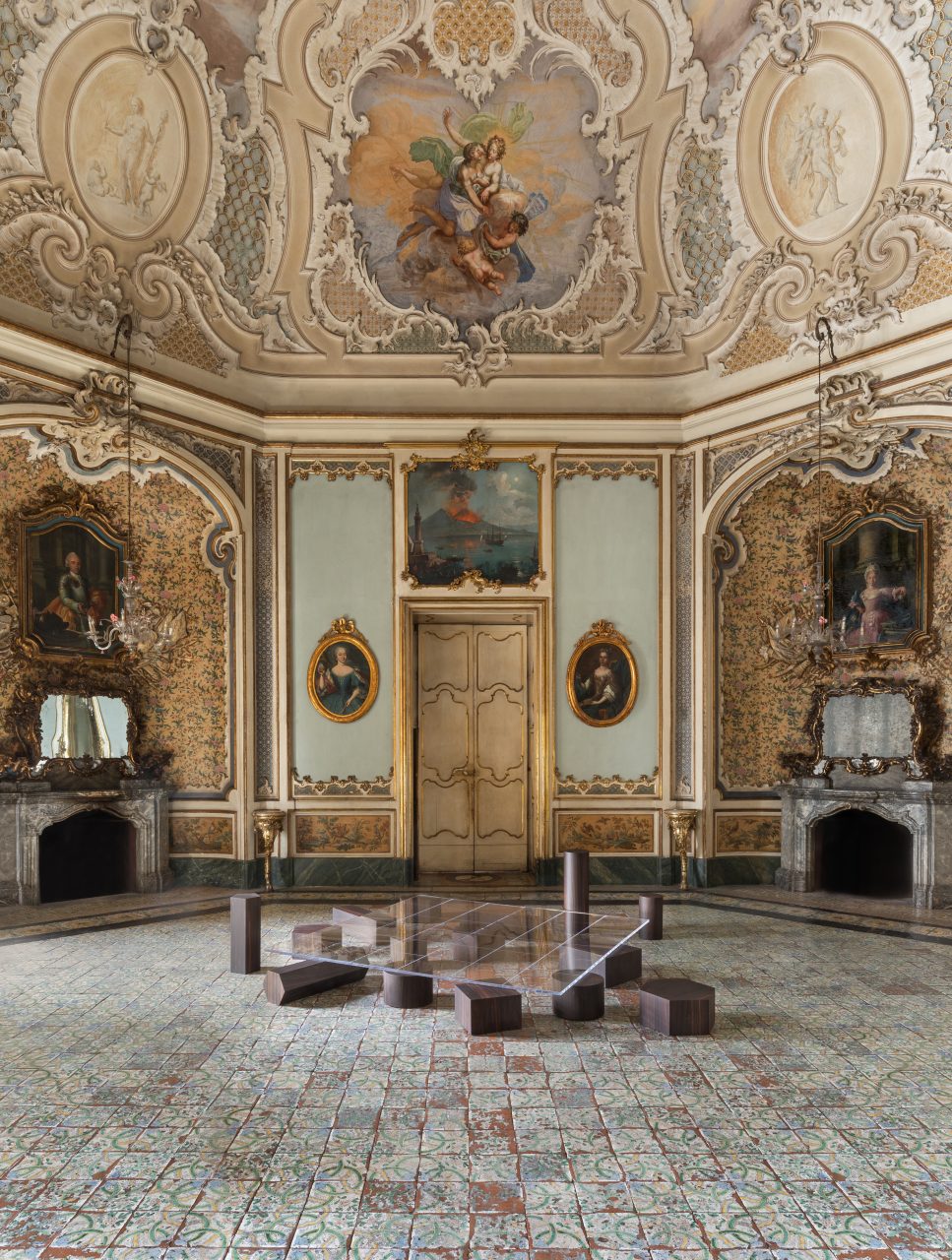
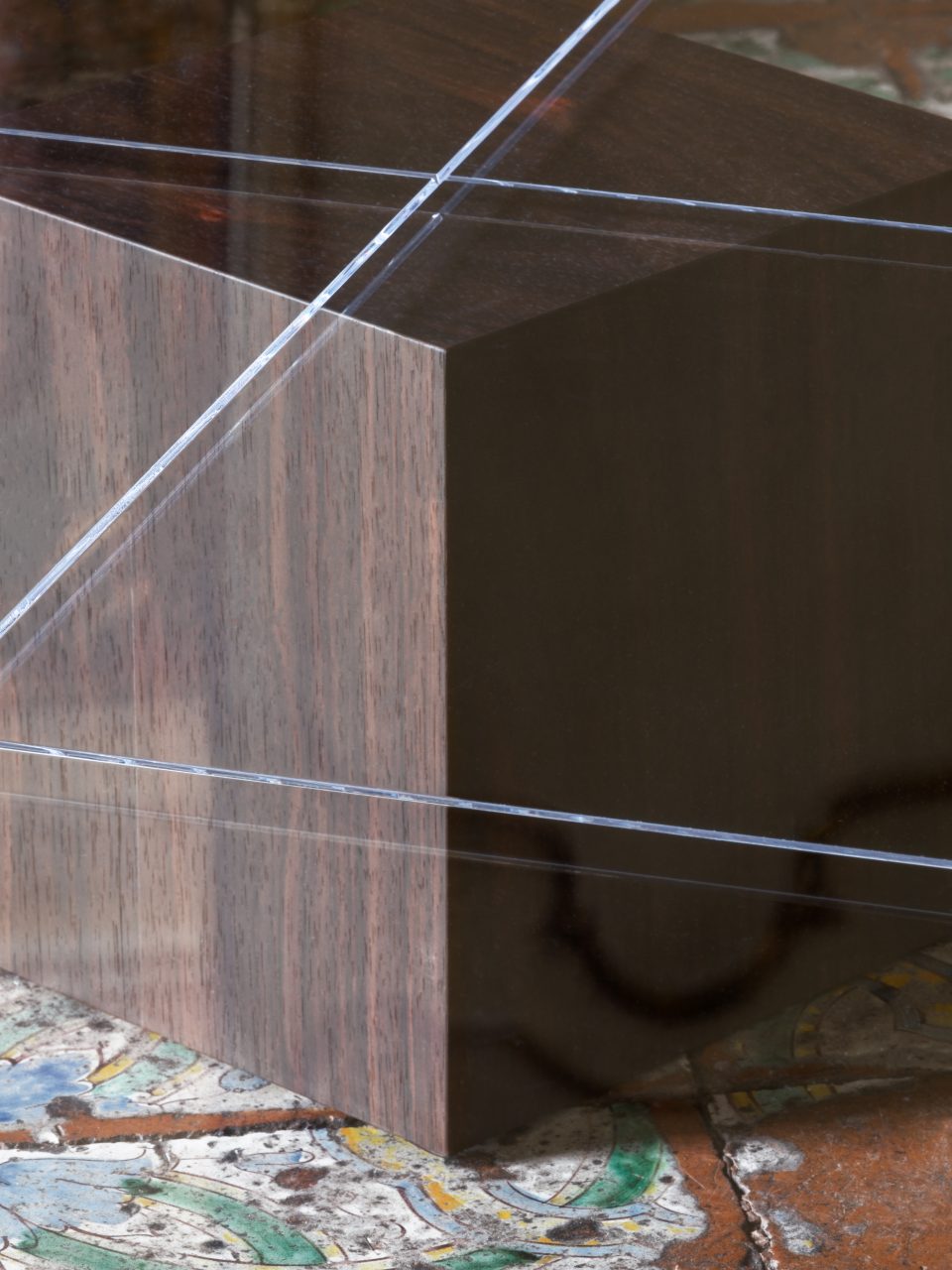
It was crucial for DiSé Italia and Moncada Rangel to select an eclectic group of talent representing a range of backgrounds, disciplines, and approaches. “Architects and designers consider scales and approach furniture design in different ways but are both interested in achieving accuracy,” Leggio explains. “The diversity of this group mirrors Sicily’s rich cultural patchwork.” DiSé Italia’s creative director has already tapped a curator for a similar project. The details of this second iteration remain under wraps for now.
